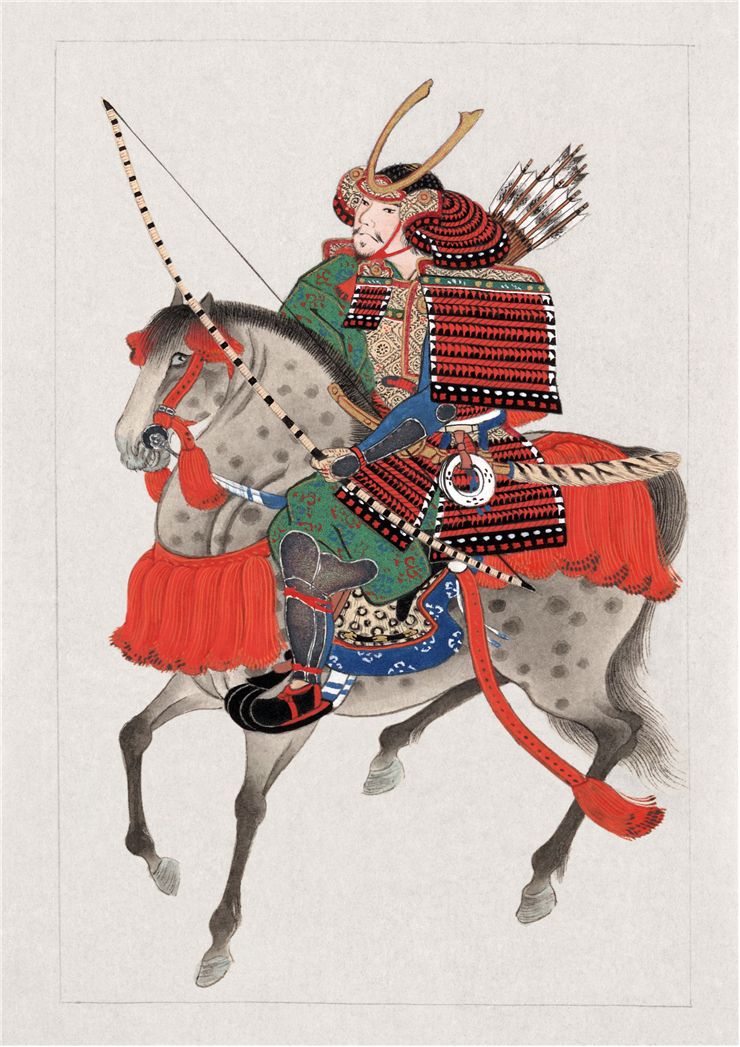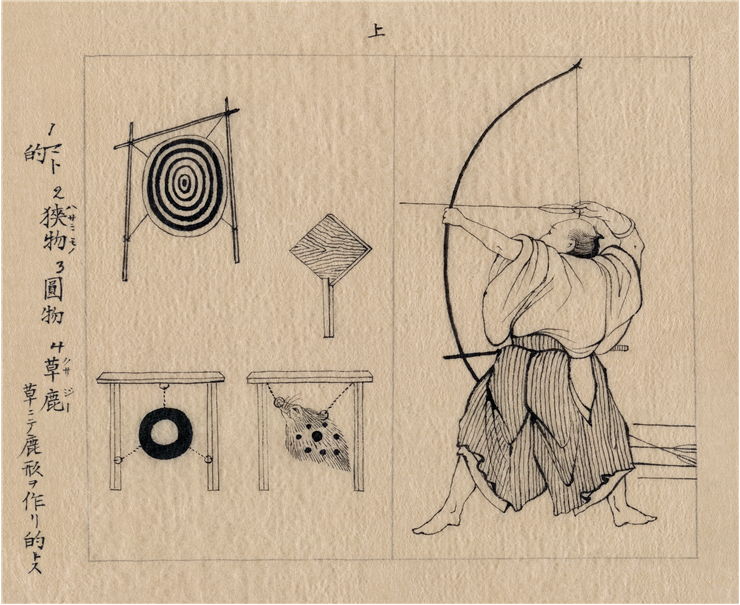History of Japanese Archery – Kyudo, Yabusame and Yumi
Japanese martial art of archery with longbows is called kyudo and it is based on kyujutsu (menaing “art of archery”), which originated with the samurai class of feudal Japan. Kyudo bows are two meters long and made of bamboo that is with 30 years old. Master bow-makers often come from families that make bows for 20 generations now.
Japanese started using bow and arrow in the time when the other civilizations did - in prehistory. The earliest images that show the distinct Japanese asymmetrical longbow are from the Yayoi period (between 500 BC and 300 AD). Chinese chronicle Weishu from 297 AD talks about Japanese bows and how they are “short from the bottom and long from the top.” At the end of the first millennium military class of samurai took power. This led to the requirement for education in archery (kyudo) and the appearance of the first archery style - so-called Henmi-ryu, founded by Henmi Kiyomitsu in the 12th century. Wars that happened after that, like Genpei War (1180 - 1185) further strengthen the need for archery as a part of the military. Japan was in the civil war in the 15th and 16th century. Heki Danjo Masatsugu revolutionized archery in the late 15th century which spread footman archery even more. Archery schools that were formed then, like Heki-ryu Chikurin-ha, Heki-ryu Sekka-ha and Heki-ryu Insai-ha, are still active today. From the 16th century, when the first Portuguese firearms arrived in Japan, archery began its decline. Firearms had lower fire speed and not such a great range but were easier to use and were, for the first time, used alongside of longbows and, in time to suppress them completely except as a ritual weapon in ceremonies. Archery was revived in 1896 by a group of kyudo-masters. All Japanese Kyudo Federation was formed in 1949 and rules for competitions and graduations archers from different schools are published in 1953.
Yabusame is a traditional Japanese mounted archery. Ogasawara Nagakiyo, founder of Ogasawara-ryū, began teaching yabusame in 12th century. Technique had practical value in war but it also had ritualistic nature when performed for special ceremonies or official events. It was at first introduced as a method of training of samurais. As a ritual it was designed as a way to please gods of Japan and, if performed correctly, to bring blessings for the prosperity of land, people, and harvest. During the ritual, archer gallops down a long track controlling his horse with knees because he needs his hands to shoot the longbow. His aim is to shoot three blunt arrows at three wooden targets. The arrows are made to be blunt so they could make a louder sound when they strike the board. Experienced archers can use arrows with a V-shaped arrowhead. Targets are placed in a way that they represent an enemy wearing full traditional samurai armor and the place where he should be hit is a space just beneath the helmet. To hit all three targets is considered a great skill.
Yumi is a name for bows that are used in kyudo. Both long bow “daikyu” and short bow “hankyu” are considered yumi. In the beginning, Japanese used shorter, symmetric bows with the grip in the middle. Since the 3rd century BC, they use long bows that are nearly 2 meters in length and are longer in the part above the grip. By the end of the 10th century the Japanese started making yumi out of bamboo and wood and they laminated them modeled on Chinese bows. By the 16th century they perfected manufacture of the bows and made them that way since then.

